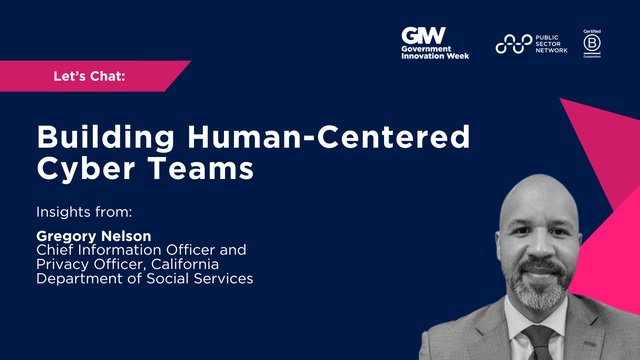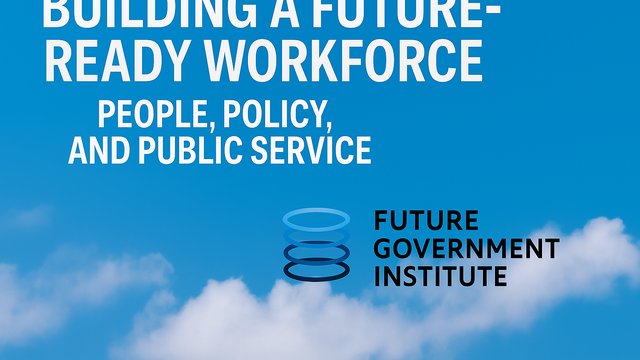
How can we supercharge government problem-solving and revolutionize public services? Government organizations need to enhance the sharing of global best practice in order to drive innovation and address transnational challenges more effectively; especially in more recent examples seen across critical areas like cybersecurity, public health, and environmental sustainability. Issues in common are stimulating the need for collaboration across government agencies, where collective effort in these areas not only benefits delivery of public services but also fosters greater international cooperation, trust, and safety.
So why aren’t all public sector organisations across the globe consistently working together to solve these issues and improve public service collectively? Surveying key members from our Public Sector Network, typically it comes down to a few factors.
Collaboration Pain Points for PSN Members
- Difficulty in identifying specific cross-government counterparts who have similar needs or have begun solving the same types of challenges
- Lack of official, common, or cross-government sharing platforms to share knowledge
- Inability to keep track of who's who on a global scale in order to connect with the right people
Here, let us check out the biggest obstacles the public sector must overcome to increase collaboration but importantly, we’ll dive into the solutions to increase cooperation which have already knocked through silos in some areas of government and opened up the opportunity for improved, efficient public services.
- Creating a Collaboration Culture:
What to tackle first? Well, it appears that no matter which government organisation or where on the globe, the main barriers to collaboration that exist are cultural and organisational ones:
- Employees and leadership teams are accustomed to traditional methods so teams resist adopting new collaborative technologies and practices.
- Longstanding departmental silos foster a culture of information hoarding rather than sharing where there is a lack of trust between agencies and naturally leads to reluctance in sharing critical data
Solution:
Encourage interdepartmental collaboration through training and leadership initiatives which break down silos – even the sessions themselves bring employees from different areas together, focussing on a common goal. But it is of the utmost importance to focus on leaders first to adopt the collaboration mindset - when leaders exercise this culture and model it in their behaviour, it encourages others to do the same.
Use Case:
Check out what the Australian Department of Defence is doing – it has evolved and successfully integrated collaboration culture into their core values and are committed to training and maintaining inclusive, collective, safe and diverse workplace characteristics.
2. Coping With Budget & Resource Constraints:
- Budget constraints can limit the ability to invest in necessary technology and training for safe and effective information sharing
- Limited staff to uphold and maintain collaborative systems
Solution:
Instead of looking at this reality as a hinderance to collaboration, public sector organisations can instead use it as the catalyst for coming together.
The greatest cost saving of all – is in fact, a shared services model. Historically though it usually only involved the procurement process; going to market together but purchasing separate versions of the technology.
Use Case:
Two Tasmanian councils have led the charge and have taken collaboration further by sharing technology and staff as well, proving the many benefits of cooperation between councils and how far resource sharing can be taken.
3. Little Confidence in Safey, Little Trust:
- There is tremendous anxiety and a heightened awareness about the safety of data during the sharing process across departments and countries due to the increased sophistication of cybercrime.
- Any attempts at collaboration across departments and globally are met with existing stringent data protection laws so governing data sharing can be complex and restrictive with lengthy approval processes
Solution:
This is an area where we do need to allocate some precious funds into robust cybersecurity measures to protect shared information.
That bit is obvious, but the most valuable result of government organisations’ confidence in their cyber and data security efforts is the trust that comes with it. When government agencies have confidence in the security of their data and communication channels, they are more willing to collaborate on projects and share information, leading to improved coordination and effectiveness in addressing common challenges.
Use Case:
The latest Australian cyber security strategy itself is focused on collaboration and communication, recognising the importance of trust between government, industry and citizens.
To further develop cyber capabilities and this resulting trust, the Trusted Information Sharing Network (TISN) is an initiative led by the Australian Cyber Security Center (ACSC) that facilitates information sharing and collaboration on cybersecurity threats and best practices among government agencies and critical infrastructure operators. With the increased cybersecurity measures which stem from this platform, it then bolsters confidence in the security of shared data and communication channels, encouraging government agencies to collaborate more closely.
4. Technology is Letting Us Down:
- Agencies often use varied software systems and data standards, making seamless data exchange difficult
- The other common issue is the continued presence of outdated legacy systems that aren’t compatible with modern, interoperable solutions
- Variations in technological infrastructure across agencies create roadblocks when it comes to information sharing
Solution:
Upgrade. Agencies need to invest in modern, cloud-based solutions which will enhance interoperability and data sharing capabilities.
Use Case:
GovTEAMS is a digital collaboration platform developed by the Australian Government to facilitate communication and teamwork across government agencies. It can now be used by anyone in the APS and industry to collaborate, communicate and manage files and data securely and effectively. It’s a flexible, fast and scalable service which aims to break down silos, enhance cross-agency cooperation, and improve overall efficiency and productivity in the public sector.
5. Complex Regulatory Frameworks:
- creating legal barriers to information exchange, requiring lengthy approval processes, attempts to collaborate through these processes have proven to be discouraging at best.
Solution:
Regulatory frameworks must be ironed out to make information sharing easier and more compliant with laws.
Use Case:
Our country is in the process of cutting down and simplifying these frameworks and the state of Victoria has recognised the unnecessary complexities of these frameworks and has committed to having the most efficient regulatory system in Australia. Through these efforts we’ll hope to see reduced administrative burdens, increased transparency, and a clear and conducive environment for cross-agency cooperation and innovation.
Make sure to tune in for Part 2 where we explore further into cross-functional collaboration in Australian public sector departments and raise a glass to a few organisations reaping its rewards.
Want to share your collaboration journey with your public sector peers? Tell us your story here

































